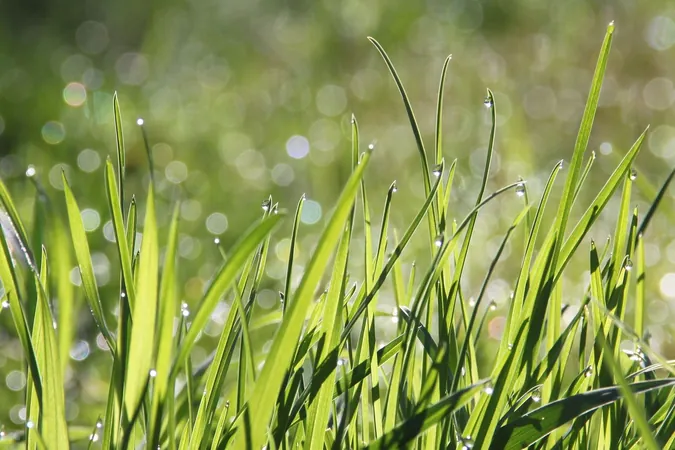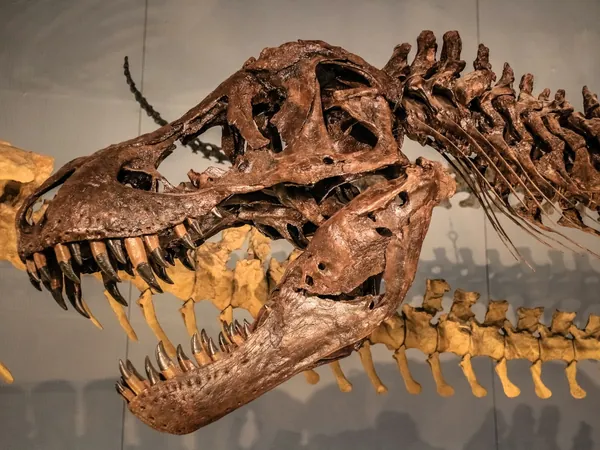
Unlocking the Secrets of Grass: 13,000 Genes Revealed!
2025-04-22
Author: Sarah
Revolutionary Discovery in Grass Genetics
In a groundbreaking study published in *Bioinformatics Advances*, scientists have unveiled a trove of over 13,000 conserved genes that play crucial roles across various grass species. This new computational biology pipeline is a game changer for researchers delving into the genetic foundations of grasses, which are essential to our ecosystems and agriculture.
The Power of Conservation
Using genomic data from 16 fully sequenced grass species, researchers have identified a staggering 13,312 groups of protein-coding genes that remain remarkably similar across all studied grasses. This indicates that these gene groups are likely responsible for fundamental functions crucial to grass life.
Robust and Reliable Findings
One of the most compelling aspects of this study is the reliability of its findings; an impressive 98.8% of these gene groups were also found in newly sequenced genomes from major grass clades not included in the initial analysis. This heightens the credibility of the research and signals a robust new tool for genetic exploration.
Spotlighting Monocots and Unique Traits
Additionally, the research uncovered 4,609 gene groups that are likely tied to specific functions within monocots, such as commelinids or grasses. This insight is vital for unraveling the evolutionary traits that have made grasses thrive in diverse environments.
Innovative Techniques Make Waves
What sets this study apart is its sophisticated use of the Hidden Markov Model (HMM), which focuses on the important conserved segments of genes rather than the entire sequence. This advanced technique excels at distinguishing lineage-specific genes from non-specific ones, surpassing previous simpler methods.
A New Era for Gene Research
With the introduction of the universal_grass_peps database, researchers engaged in gene discovery or quantitative trait locus (QTL) analysis in grasses now have an invaluable resource. This database allows them to quickly determine whether their genes of interest are conserved throughout the grass family and may play roles in lineage-specific adaptations.


 Brasil (PT)
Brasil (PT)
 Canada (EN)
Canada (EN)
 Chile (ES)
Chile (ES)
 Česko (CS)
Česko (CS)
 대한민국 (KO)
대한민국 (KO)
 España (ES)
España (ES)
 France (FR)
France (FR)
 Hong Kong (EN)
Hong Kong (EN)
 Italia (IT)
Italia (IT)
 日本 (JA)
日本 (JA)
 Magyarország (HU)
Magyarország (HU)
 Norge (NO)
Norge (NO)
 Polska (PL)
Polska (PL)
 Schweiz (DE)
Schweiz (DE)
 Singapore (EN)
Singapore (EN)
 Sverige (SV)
Sverige (SV)
 Suomi (FI)
Suomi (FI)
 Türkiye (TR)
Türkiye (TR)
 الإمارات العربية المتحدة (AR)
الإمارات العربية المتحدة (AR)